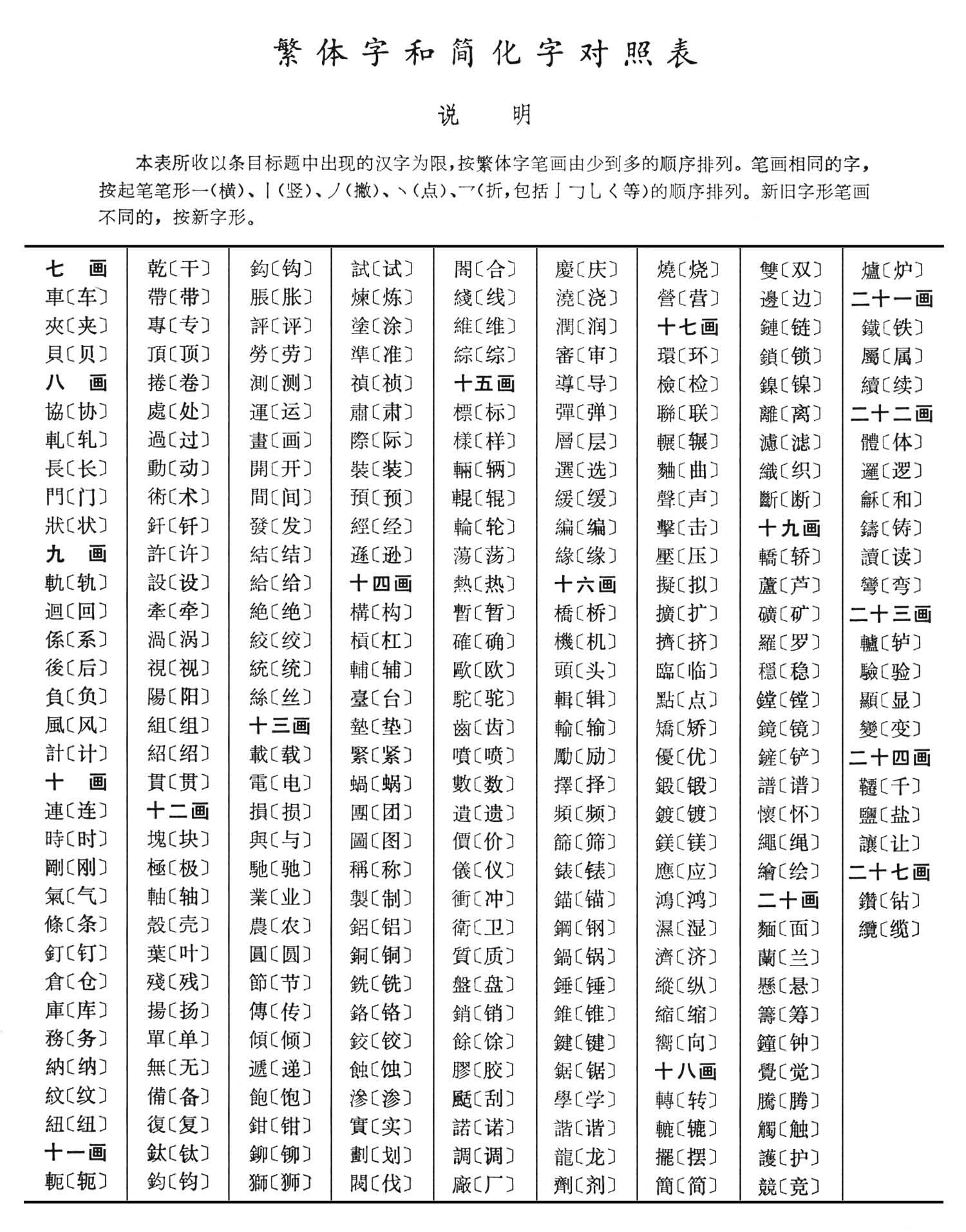1) sinogram-based theory


字本位
1.
Break Through the View of Indo-European Language and Return to the Tradition of the Chinese Language——On Xu Tongqiang's Sinogram-based Theory
突破印欧语眼光束缚 回归中国语文学传统——徐通锵字本位理论评介
2.
The third section is devoted to three latest attempts to integrate the Chinese tradition and the Western tradition, namely, the phrase-based theory, the sinogram-based theory, and discourse studies.
第三节讨论了改革开放以来中国语言学界的三种整合尝试:词组本位、字本位、篇章研究。
3.
The paper attempts a philosophical penetration into the “sinogram-based theory” in the study of Chinese language advocated by some scholars in recent years.
本文从哲学角度对新兴的“字本位”汉语研究理论进行了思考。
2) Sinigram as the Basic Unit


字本位
1.
On Special Status of Binome in Sinigram as the Basic Unit——Viewing Mr.Xu Tongqiang s Foundations of Linguistics:A Course Book;
“连绵字”在“字本位”中的特殊地位——读徐通锵先生《基础语言学教程》的思考
3) the theory of Zi


"字"本位论
4) Character-based Teaching Method


字本位教学法
5) original form of a character


本字
1.
A Shallow Discussion on Using "Duruo" in Shuo Wen to Search for the Original Form of a Character;
用《说文》中的“读若”求本字浅探
6) Original character


本字
1.
By reviewing the morpheme and phoneme in the comparison between different dialects and studying of the documents,it is proved that the original character of [tso?~5]is zhuo(捉) and is not zhuo(祝土),what is beneficial to the complilation of dialectal or large Chinese dictionary and the collations of ancient books.
利用方言比较的方法,通过对语音沿革、构词语素的研究以及相关文献资料的溯源与考察,可以证明词中[tso?~5]的本字应该是“捉”而非“(祝土)”,这一结论对方言词典和大型语文辞书的编纂以及古籍校勘等都具有一定的参考价值。
2.
The traditional view holds that Zao(蚤)is a substitute for an original character Zao(早).


传统的观点认为,“蚤”是本有其字的假借,它的本字“早”产生于“蚤”之前。
3.
By comparing with the Min and Gan Dialects and by textual research into the documental records,this paper concludes the original characters be"罗虫奇".
本文联系闽语、赣语等,通过书面文献考证其本字应为“罗虫奇”,并进而指出其为客方言中的古音化石。
补充资料:繁体字和简化字对照表
繁体字和简化字对照表
[繁体字和简化字对照表]

说明:补充资料仅用于学习参考,请勿用于其它任何用途。
参考词条